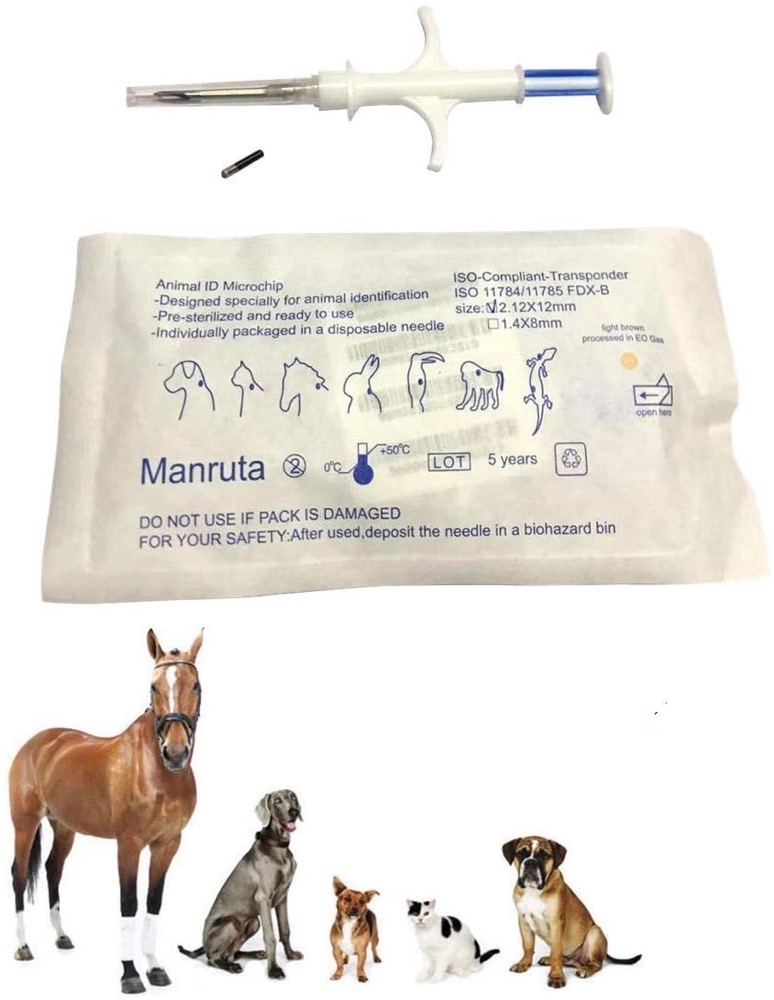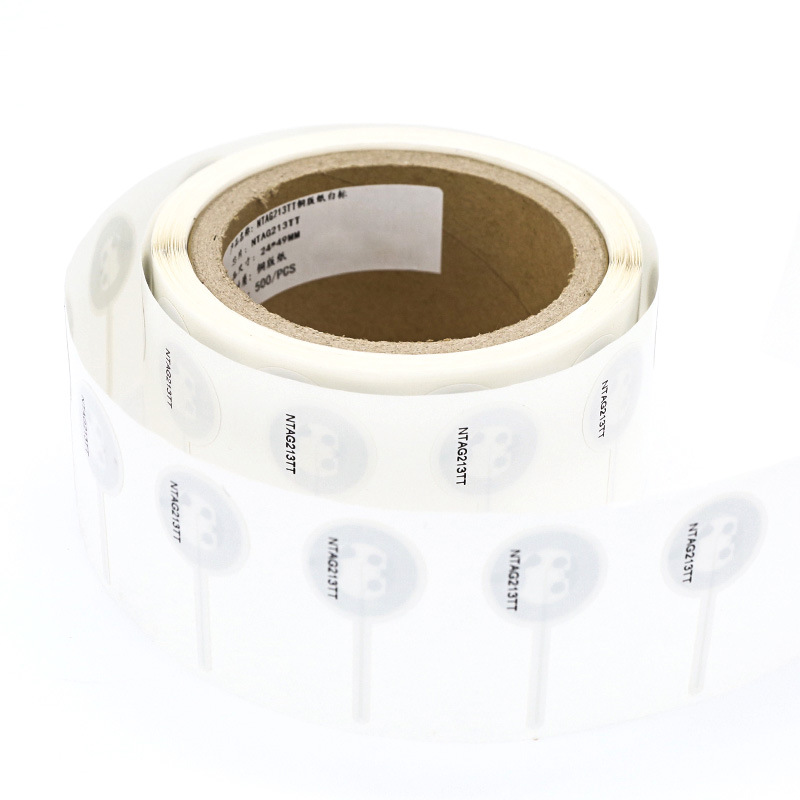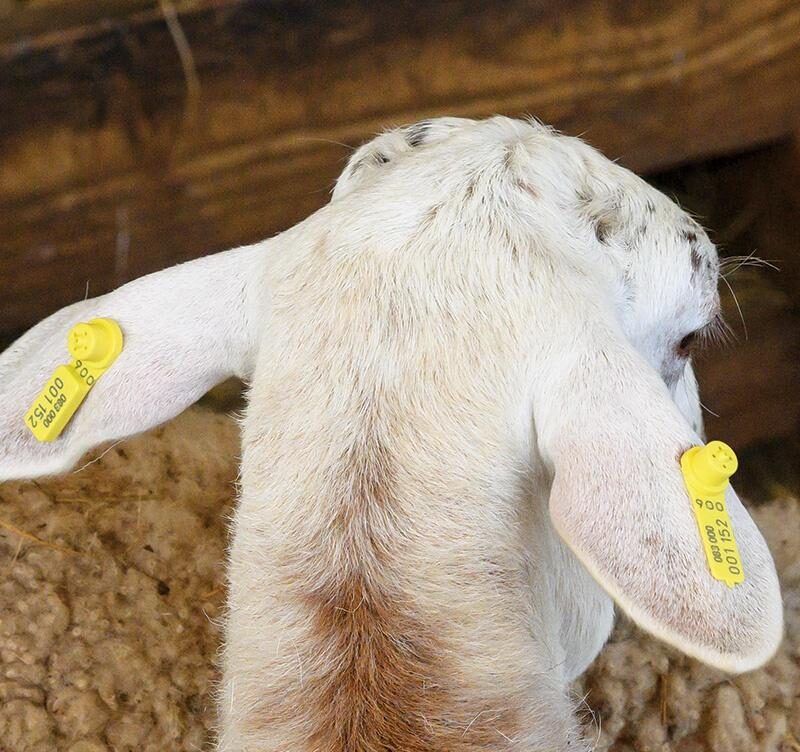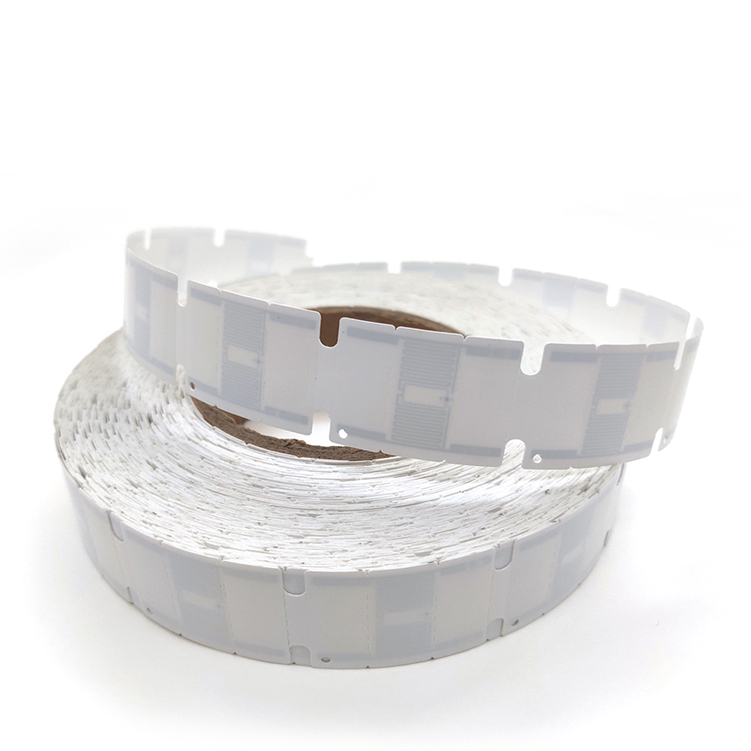Give your dog an “invisible ID card” – Learn about RFID chips
Nowadays, more and more people like to keep dogs. However, as more people keep pets, there are more troubles about dogs, such as: Whose dog is this? What if the dog bites someone?
In order to better manage pets, China has required that dogs must be implanted with an RFID chip before registering them in many cities (such as Suzhou, Hangzhou, Shenzhen, and Chongqing) since 2017.

What is an RFID tag for dogs?
The RFID chip is actually a small electronic tag, about the size of a grain of rice (with three specifications of 1.25×7 mm, 1.4×8 mm, and 2.12×12 mm), placed in a special sterile syringe, which the doctor uses to gently implant the chip under the dog’s skin, almost without pain.
The shell of the chip is made of **bio-glass (Bio-glass), which is safe and durable and can be used in the dog’s body for up to 20 years.
Inside this chip is a 15-digit unique number, just like the dog’s ID number. It uses 134.2 kHz low frequency (LF) wireless technology, which complies with international standards (ISO11784/11785, ISO15693).
But don’t worry, this chip does not have GPS positioning function, and outsiders cannot track it at will. It can only use a specific scanner to read the information when it is very close (about 1-10 cm), protecting the owner’s privacy.

What are the benefits of implanting RFID chips in dogs?
1. Know clearly who the dog belongs to
Each chip is bound to the owner’s information, and it can be checked with a scan, so there is no need to argue about “whose dog is this”.
2. The dog can go home quickly if it is lost
Animal shelters or veterinary hospitals can find the contact information of the dog owner with a scanner and help the lost dog go home quickly.
3. Prevent pets from being abandoned
With the chip, the dog’s origin is clear. If someone wants to secretly abandon the dog, it can also be easily found out.
4. Keep health records
The chip can also store the dog’s vaccination and health information. The veterinarian can check what vaccines the dog has received before and what diseases it has had, so treatment can be faster and more accurate.
How do law enforcement officers use RFID scanners?
Law enforcement officers and pet managers have special handheld scanners that can quickly read the chip information to check whether the dog is registered, vaccinated, and who the owner is.
These scanners can also easily transfer data to computers via Bluetooth or USB, greatly improving work efficiency and making pet management in cities more scientific and safer.
By promoting RFID chip identification, cities can take better care of dogs, reduce stray dog problems, and make dog owners more responsible.
Giving a dog a small chip is giving it a safe and happy future!












